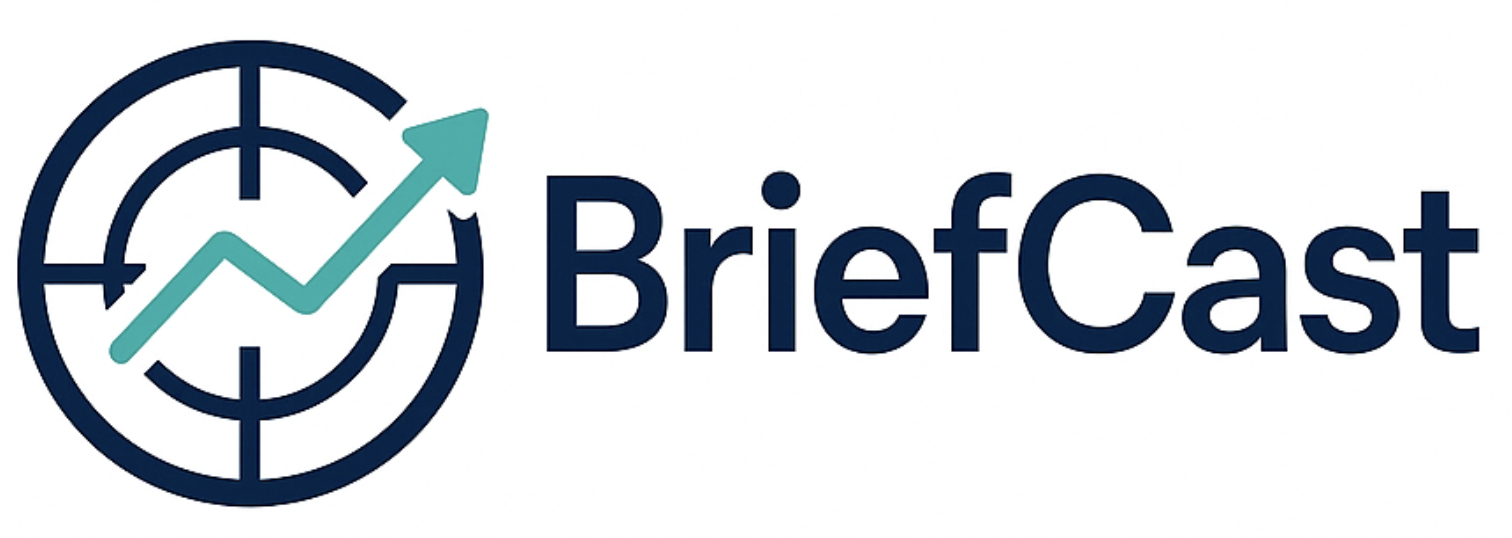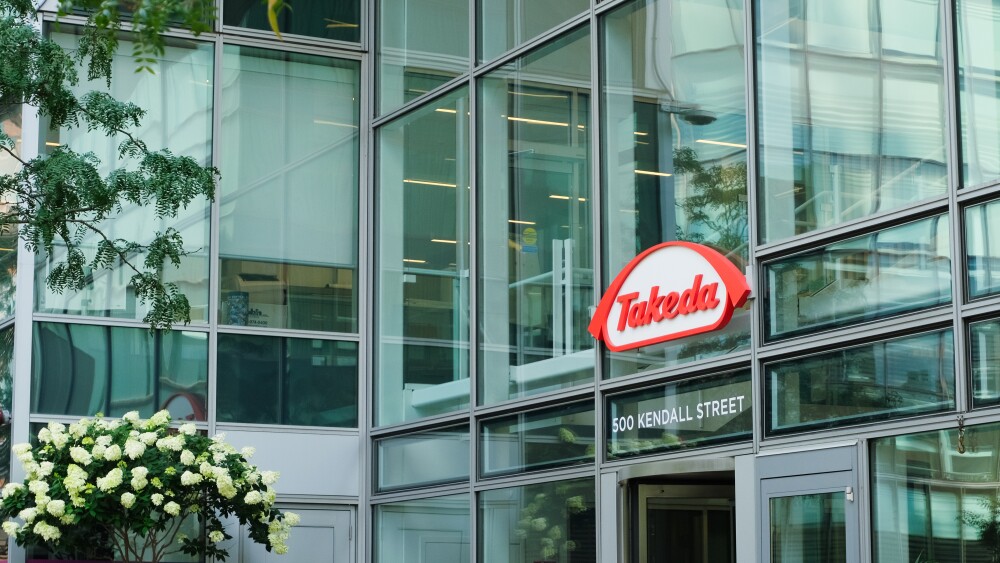In a call hosted today, June 9, 2025, PolyPid Ltd. unveiled highly successful topline results from its SHIELD II Phase 3 trial of D-PLEX100 for preventing surgical site infections (SSIs) in abdominal colorectal surgery patients with large incisions.
The double-blind trial of 798 patients achieved statistical significance across all endpoints, demonstrating a 38% reduction in the primary composite endpoint and a remarkable 58% reduction in SSI rates from 9.5% to 3.8% compared to standard care alone.
These results position D-PLEX100 among the most effective prophylactic interventions for this indication, addressing a significant unmet medical need that costs the U.S. healthcare system up to $10 billion annually.
With FDA Fast Track, Breakthrough Therapy, and QIDP designations already secured, PolyPid plans a pre-NDA meeting by end-2025 followed by NDA submission in early 2026, while these compelling Phase 3 results are expected to accelerate ongoing global partnership discussions for commercialization.
Click here to view the full transcript on briefcast.ai or see below.

New York, June 09, 2025 (GLOBE NEWSWIRE) -- BriefCast.AI, a leading AI-powered news and transcript distribution brand*, today released the transcript and summary for PolyPid Ltd’s (NASDAQ:PYPD)* Shield II Phase 3 Topline Results Call. The Call was hosted today, Monday June 9th, 2025..
Full Transcript:
The transcript is available below and the presentation mentioned is attached to the release and should be available on PolyPid's site shortly.
Operator: Greetings and welcome to the PolyPid SHIELD II Topline Results Conference Call. At this time, participants are in listen-only mode. As a reminder, this call is being recorded, and I would now like to introduce your host for today’s conference, Brian Ritchie from LifeSci Advisors. Mr. Ritchie, you may begin.
IR: Thank you all for participating in PolyPid’s conference call discussing the topline results of the SHIELD II Phase 3 trial of D-PLEX100. Joining me on the call today will be Dikla Czaczkes Akselbrad, Chief Executive Officer of PolyPid, Dalit Hazan- Deputy CEO, EVP R&D, Clinical, and Regulatory Affairs, Ori Warshavsky, Chief Operating Officer – US, and Jonny Missulawin, Chief Financial Officer. Earlier today, PolyPid issued a press release announcing that the Phase 3 SHIELD II trial successfully met its primary and key secondary endpoints. A copy of the press release is available in the Investors section on the Company's website, www.polypid.com.
I'd like to remind you that on this call management will make forward-looking statements within the meaning of the federal securities laws. For example, management is making forward-looking statements when it discusses the safety, efficacy and benefits of D-PLEX100, the expected submissions of an New Drug Application, or NDA, to the U.S. Food and Drug Administration, or FDA, and a Marketing Authorization Application, or MAA, and the timing thereof; and the Company’s expectation that the data results should be a substantial catalyst for expediting its ongoing global partnership discussions . Forward-looking statements are subject to numerous risks and uncertainties, many of which are beyond our control, including the risks described from time-to-time in our SEC filings. These statements involve material risks and uncertainties that could cause actual results or events to materially differ. Accordingly, you should not place undue reliance on these statements.
I encourage you to review the Company's filings with the Securities and Exchange Commission including, without limitation, the Company's annual report on Form 20-F which identifies specific factors that may cause actual results or events to differ materially from those described in the forward-looking statements. PolyPid disclaims any intention or obligation, except as required by law, to update or revise any financial projections or forward-looking statements whether because of new information, future events or otherwise. This conference call contains time-sensitive information and speaks only as of the live broadcast today, June 9th, 2025. With the completion of those prepared remarks, it is my pleasure to turn the call over to Dikla Czaczkes Akselbrad, CEO of PolyPid. Dikla…
Dikla Czaczkes Akselbrad, CEO: Thank you, Brian. Good morning and welcome, everyone. It’s a very proud moment for all of us at PolyPid today as we share the outstanding topline results from the Phase 3 SHIELD II study. I’d like to begin by thanking the patients, principal investigators and study staff who made the study possible, as well as our team at PolyPid, especially Dalit Hazan, our Deputy CEO, Executive Vice President of R&D, Clinical, and Regulatory Affairs, who led the excellent execution of this phase 3 trial and whom you will hear from shortly. Before that, I will take you through the design of SHIELD II and describe the study’s patient demographics. Following this, I will review the key outcomes from SHIELD II’s primary and all key secondary endpoints and then discuss our view on the significant unmet medical need we believe D-PLEX100 addresses and our planned next steps. At the conclusion of Dalit’s remarks, we will open the call for questions.
With that, let’s dive in and review the trial design - as seen on slide 3, SHIELD II is a prospective, multinational, randomized, double blind Phase 3 trial designed to assess the efficacy and safety of D-PLEX100 administered in conjunction with standard of care, which includes prophylactic systemic antibiotics, compared to the standard of care alone arm, in the prevention of surgical site infection in patients undergoing abdominal colorectal surgeries with large incisions of at least 20 cm. In the intent to treat, or ITT population, a total of 798 patients were included, consisting of 405 subjects in the D-PLEX100 treatment arm and 393 patients in the control arm. Importantly, SHIELD II was designed based on FDA guidance. Now that we have reviewed the overall trial design, let’s talk a little more about the Standard of Care on the next slide.
In SHIELD II, all patients received standard of care, both in treatment and control arms, which included IV antibiotic with or without mechanical bowel prep or with oral antibiotics combined with mechanical bowel prep. And here you can see the standard of care IV Antibiotics that were used, given within 60 minutes prior to surgery and discontinued at a maximum of 24-hours post index abdominal surgery. Each study site used the same pre-defined standard of care for all its subjects in the SHIELD II study aligned with SSI prevention guidelines.
Moving on to the study population, as seen on slide 5, demographics and surgery characteristics were well balanced between the two treatment groups in SHIELD II. Median age, BMI and other demographics were similar in both groups. With respect to surgical characteristics, there were no significant differences between the D-PLEX100 and the standard of care treatment arms. You will also notice the majority of patients are cancer patients. Overall, the SHIELD II population was quite homogenous. With those background details now complete, let’s move on to the topline results.
We will begin, of course, with the primary efficacy endpoint of SHIELD II, which is the combination of deep and superficial SSIs, all-cause mortality and surgical reinterventions at the same target incision of the original index surgery, all measured within 30 days of the index surgery.
On slide 7, we see that the study successfully met its primary efficacy endpoint- In the ITT population, the surgical site administration of D-PLEX100 plus standard of care resulted in a significant decrease in the primary efficacy endpoint of 38% compared to standard of care alone, which is clinically meaningful and statistically significant with a p value lower than 0.005, well below the standard 0.05 required p value.
Let’s now move to each of the key secondary endpoints on the next slide.
The first key secondary endpoint, the SSI rate in the ITT population, showed a substantial reduction of 58% in deep and superficial surgical site infection rates among patients who received D-PLEX100 plus standard of care versus those who received standard of care alone, with a statistically significant p value lower than 0.005.
This 58% reduction in surgical site infection rate, from 9.5% to 3.8%, places D-PLEX100 among the most effective prophylactic interventions for prevention of SSI in abdominal colorectal surgery. For context, this moves the surgical site infection rate while using D-PLEX100 well below what most surgeons see even in lower-risk procedures. What makes these results particularly compelling is the consistency we're seeing. This isn't just one positive signal, as you'll see in our remaining endpoints, we have observed a consistent and comprehensive clinical benefit.
Moving on to the next slide, the second key secondary efficacy endpoint combined SSI, mortality and reintervention as evaluated in the primary endpoint. In the full set of 975 randomized patients with a surgical incision larger than or equal to 7 cm, meaning it includes the additional 177 patients with smaller incisions enrolled prior to the 2023 SHIELD II protocol change. Of note, the vast majority of these additional patients had laparoscopic surgery.
So, in this full 975 randomized patient population, the D-PLEX100 arm achieved a 36% reduction of the events versus standard of care alone, with a p value lower than 0.005-- so this is also statistically significant. On slide 10 now, we can see the third and final key Secondary endpoint, which is the number of patients with an ASEPSIS score greater than 20. This is a universally accepted clinical tool used to objectively assess surgical wound infection. This score adds further clinical information to the SSI endpoint as it reflects the severity of the wound infection and the consequences of the infection itself, in terms of both wound management and hospitalization. We can see a clear reduction of 62% in the D-PLEX100 arm compared to standard of care alone, again with a statistically significant p value lower than 0.05.
I’d like to switch gears a bit here and discuss how we view D-PLEX100 addressing the current unmet need in the surgical setting.
SSIs represent a significant burden on patient outcomes and hospital systems, which are penalized for hospital-acquired conditions. SSIs are a large part of these conditions as they are associated with a 2 to 11 fold increase in the risk of mortality, depending on the type and location of infection. Moreover, SSIs generally are estimated to cost the U.S. healthcare system up to $10B annually and extend hospital length of stay by 9.7 days on average, with the cost of hospitalization increased by more than $20,000 per patient admission. Decreasing the incidence of SSIs is of critical importance to patients, surgeons, hospitals and payers. Based on its compelling profile, and the collective data generated to date, we believe D-PLEX100 can provide a tangible and crucial improvement in infection events following abdominal surgery.
Looking ahead on the next slide, our next steps include a pre-NDA meeting with the FDA planned by the end of 2025, followed by an NDA submission in early 2026 and an MAA submission in Europe shortly thereafter. Our regulatory pathway is further strengthened by D-PLEX100's Breakthrough Therapy, Fast Track, and QIDP FDA designations—which combine to position us for priority review eligibility and an additional 5 years of market exclusivity. Moreover, we expect these clear and compelling Phase 3 results to be a substantial catalyst for expediting our ongoing global partnership discussions for D-PLEX100. In closing, I would like to congratulate and sincerely thank our extremely talented and dedicated team of employees, advisors and consultants, on a job well done. Now, I’d like to turn the call over to Dalit.
Dalit Hazan, Deputy CEO & EVP R&D, Clinical: Thank you Dikla, Today’s positive SHIELD II Phase 3 study results mark a critical inflection point in PolyPid’s journey, further validating our drug delivery platform to address unmet medical needs. I would like to sincerely thank all of the patients, investigators, nurses and caregivers as well as our service providers and partners involved in the D-PLEX100 phase 3 trial for their continued support. Let me reiterate that what excites all of us the most, and I am speaking on behalf of the entire PolyPid team, is the clinical impact of D-PLEX100 and its potential as an effective and transformative therapy for patients undergoing abdominal surgery where the prevention of serious SSIs remains under-addressed with current approaches. We're already preparing our comprehensive dataset for presentation at major medical conferences, where we expect these results to generate significant attention from the surgical community, so please stay tuned!
[Note: Q&A not included in this publication but took place on the call]
Dikla Czaczkes Akselbrad, CEO: Thank you again everyone for joining us today. We look forward to providing updates on our next conference call, and we truly appreciate your continued support of PolyPid.
Operator: Ladies and gentlemen, this concludes today's presentation. Thank you once again for your participation. You may now disconnect.
About BriefCast.AI:
BriefCast is a premium AI-powered service for companies and conference organizers that transforms live events, webinars, and panel discussions into professionally published summaries and transcripts. Designed to extend the value of your content, BriefCast captures the key insights, quotes, and outcomes from your events—turning them into clear, compelling assets for audiences, media, and stakeholders. Whether you're hosting a clinical data call, industry roundtable, an earnings call, or product launch webinar, BriefCast helps you connect with your audience around the world. For further information please visit: https://www.briefcast.ai
*Disclaimer & Disclosures: This summary is for informational purposes only and does not constitute medical, investment or any other form of licensed advice or solicitation to buy or sell securities. Readers should conduct their own research and consult licensed professionals. BriefCast.AI is part of the Wall Street Wire network of brands. PolyPid Ltd. is a paid subscriber to Wall Street Wire's services, and thus since May 2025 they have and continue to pay Wall Street Wire's operators, Arx Advisory Ltd, a monthly subscription fee of five thousand united states dollars in cash via wire transfer for distribution and promotional coverage services, including this transcript and summary published with their approval, alongside additional materials. Additional compensation is received for non-promotional IR services. The initial summary section was generated with the help if AI and was reviewed by a staff member. Readers should not consider it objective, and it may contain promotional statements. For full compensation disclosures and disclaimers, please visit: redditwire.com/terms. There may be minor variations between the transcript and the actual statements made on the call. For further information, readers should refer to official company materials and filings.
With any questions or comments please reach out to: admin@briefcast.ai
Attachment





